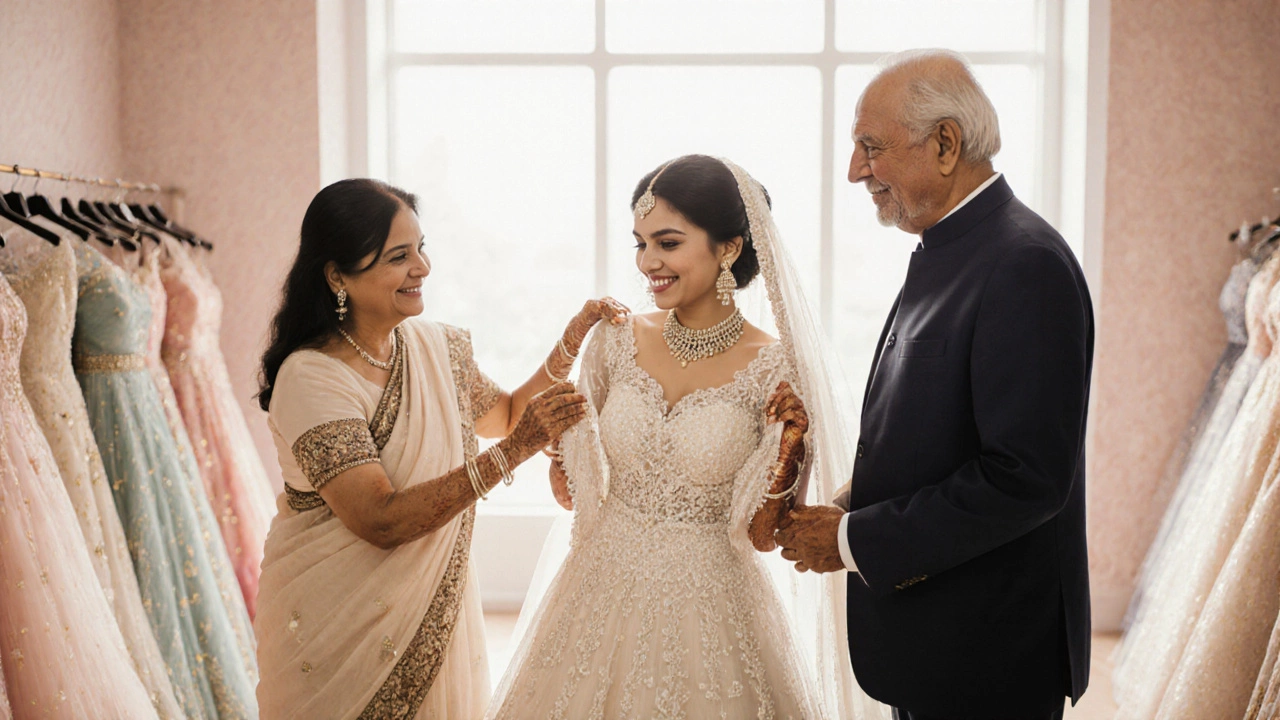SEARCH
Who Pays for Wedding Dress? A Practical Look at Indian Wedding Dress Financing
When dealing with who pays for wedding dress, the question of who foots the bill for the bride’s outfit during a marriage ceremony. Also known as wedding dress financing, it reflects deep-rooted traditions and modern budget realities.
In Indian weddings, the bride's family, usually the first line of financial support for the dress. Their responsibility often stems from the custom of the bride’s parents covering major wedding expenses. At the same time, the groom's family, may contribute when the design is elaborate or when the couple wishes to share costs. This dynamic creates a balance where cultural expectations meet practical budgeting. Understanding who pays for the wedding dress helps families plan a ceremony that honors tradition without stretching finances.
Key Factors Shaping Payment Decisions
First, who pays for wedding dress is influenced by regional customs. In North India, the bride’s parents often bear the full cost, while in South India it’s common for both families to split the expense. Second, the type of wedding dress, whether it’s a simple silk saree or a designer lehenga, determines the price range and thus who can afford it. Third, the overall wedding budget plays a role: if the total spend is modest, the bride’s family may take a larger share; for high‑budget events, the groom’s side might step in to keep things balanced.
These factors intertwine in clear ways: cultural tradition encompasses regional customs, financial capacity requires a shared approach, and dress style influences the amount each side contributes. By mapping these relationships, couples can set realistic expectations early on, avoiding last‑minute surprise expenses and preserving the joy of the day.
Another important entity is the Indian wedding customs, the set of rituals and social norms that guide family roles and spending. These customs dictate not only who pays for the dress but also who handles catering, venue, and gifts. When families understand the broader custom framework, they can negotiate dress costs alongside other wedding elements more smoothly.
Modern trends also add layers to the conversation. Many young couples now prefer split‑cost arrangements, regardless of tradition, to reflect equality. Some turn to designer rentals, reducing the financial load for both families. Others use crowdfunding platforms, allowing extended relatives to chip in. These innovations show that the answer to who pays for the wedding dress is evolving, blending old customs with new financial tools.
Below you’ll find a curated set of articles that dive deeper into each aspect—regional differences, budgeting tips, modern financing options, and real‑world stories from Indian weddings. Together they provide a complete picture, helping you decide the best approach for your own celebration.

Who Pays for the Wedding Dress? A Practical Guide to Funding Your Dream Gown
Find out who traditionally pays for a wedding dress, how modern couples split the cost, and get a practical budgeting checklist to avoid awkward money talks.
Continue reading